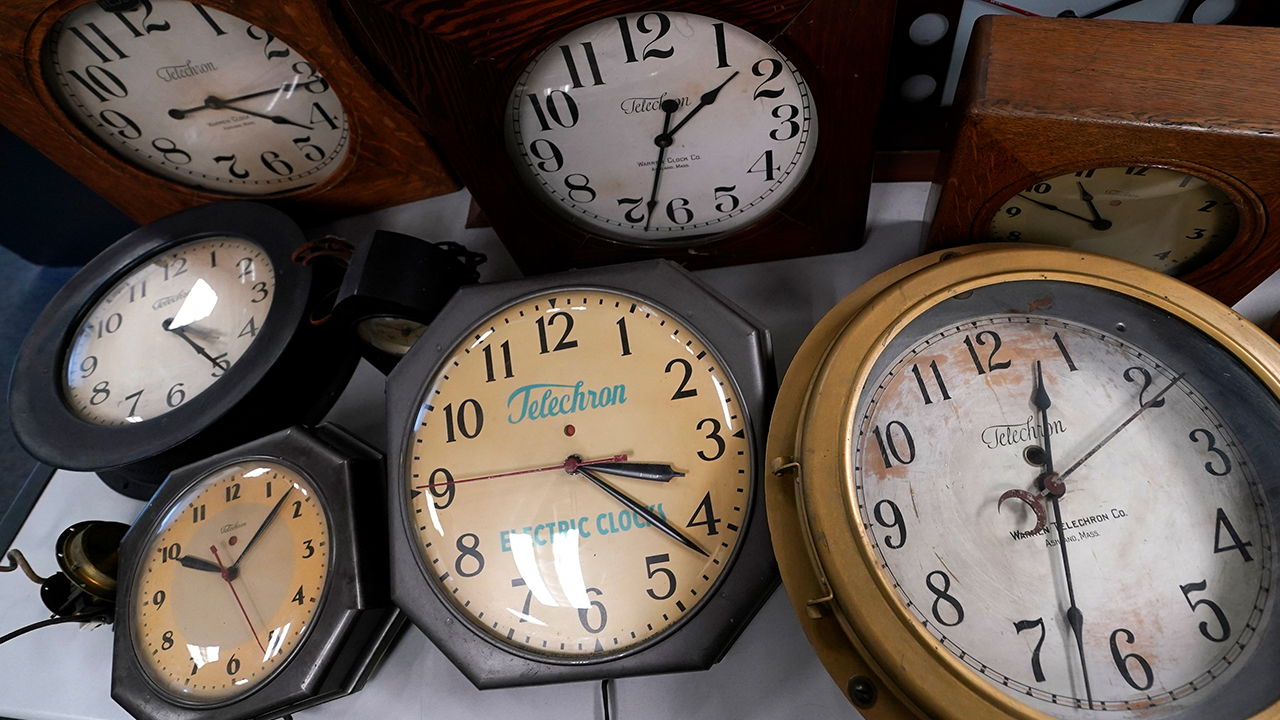Daylight saving time is upon us again, meaning most Americans are setting their clocks ahead one hour. The official time change will take place at 2 a.m. on Sunday, March 12, with clocks jumping forward to 3 a.m. in states that observe daylight saving time. This change will push sunset to nearly 7 p.m. However, the extra hours of daylight come with a tradeoff – one less hour of sleep. Here are the details…
Set your clocks forward: Congress considers making daylight saving time permanent
Nearly every U.S. state observes daylight saving time, except for Arizona (although some Native American tribes observe DST in their territories) and Hawaii. U.S. territories, such as Puerto Rico, American Samoa, Guam, and the U.S. Virgin Islands, do not observe daylight saving time.

Standard time is the local time in a country or region when daylight saving time is not in use. According to the American Academy of Sleep Medicine (AASM), standard time more closely matches our body’s internal clock. The daily cycle of natural light and darkness is the most powerful timing cue to synchronize our body’s internal clock.
When we receive more light in the morning and darkness in the evening, our bodies and nature are better aligned, making it easier to wake up for our daily activities and easier to fall asleep at night. Daylight saving time disrupts our internal clock, leading to sleep loss and poor sleep quality, which in turn lead to negative health consequences.
To prepare for daylight saving time, there are a few simple adjustments you can make to your routine. Try going to bed 15 minutes earlier, starting two to three days before the time change, to make sure you are well-rested before the clock change. You can also set your wakeup time to 30 minutes ahead a few days before daylight saving time.
This will narrow the difference and make it easier for you to adjust to the time change. Take advantage of your earlier start to the day and shift your activities to an earlier schedule, including dinner, exercise, and bedtime. Changing the time on a wristwatch 15 minutes ahead each day before daylight saving time can also provide a visual cue for your brain.
If you feel sleepy the day after the change, try to resist taking a nap because it will reduce the amount of sleep pressure present at bedtime and can create longer-term sleep problems. If you must nap, keep it to 15 to 20 minutes, ideally in the late morning. Make sure you get plenty of sunlight on the morning after the change because light has potent effects on our internal body clock and will help you feel less tired. Avoid foods and beverages that will keep you up, such as caffeinated beverages, chocolates, or alcohol at least three hours before bed.














